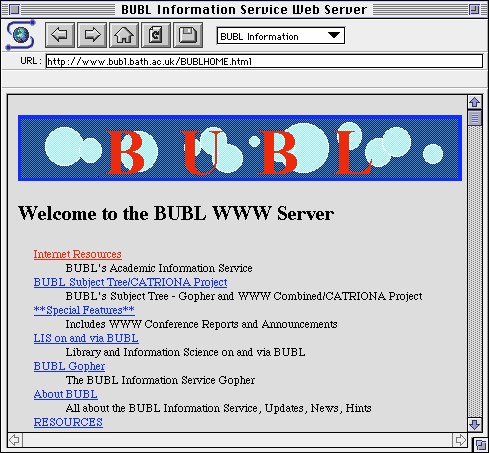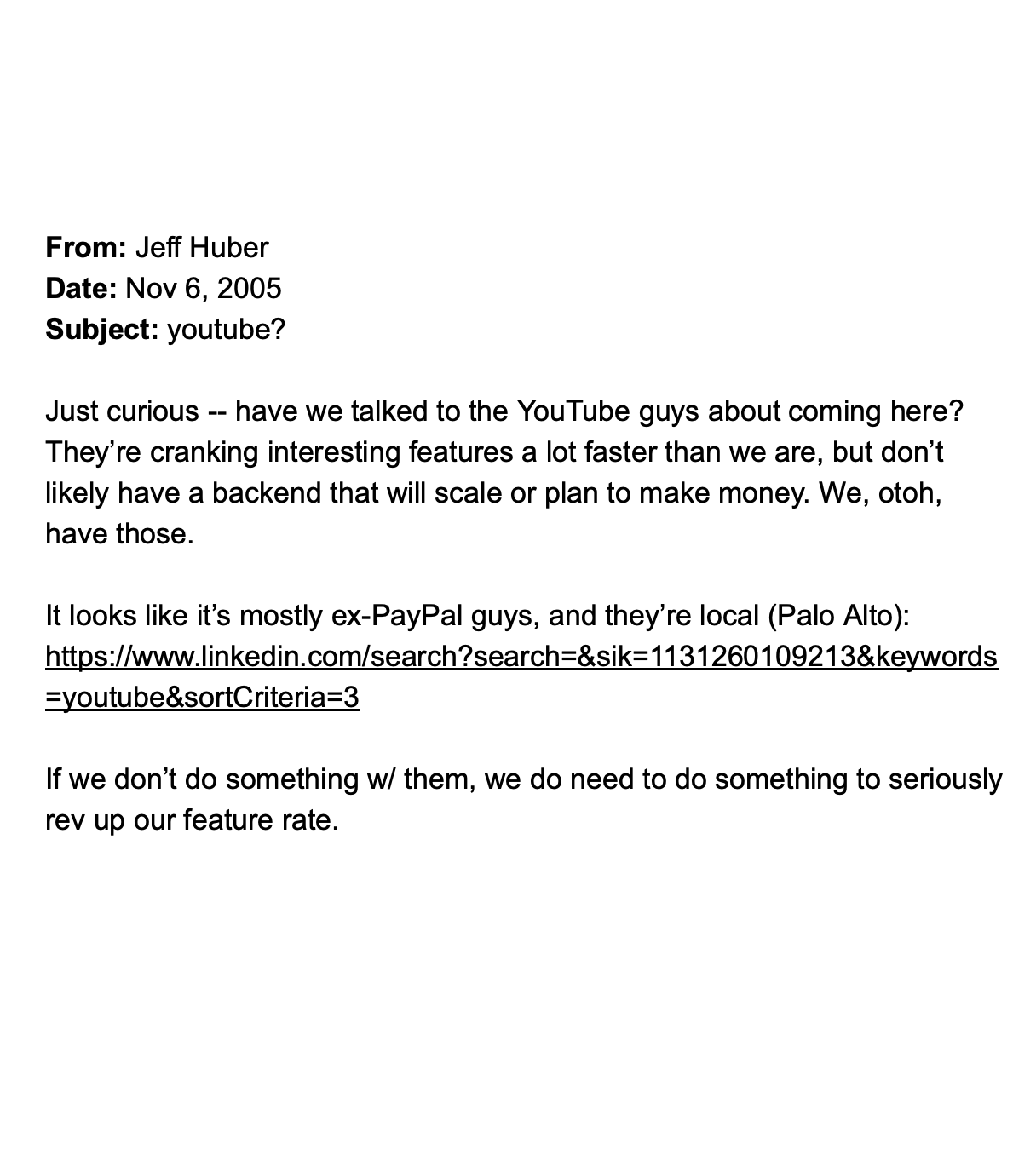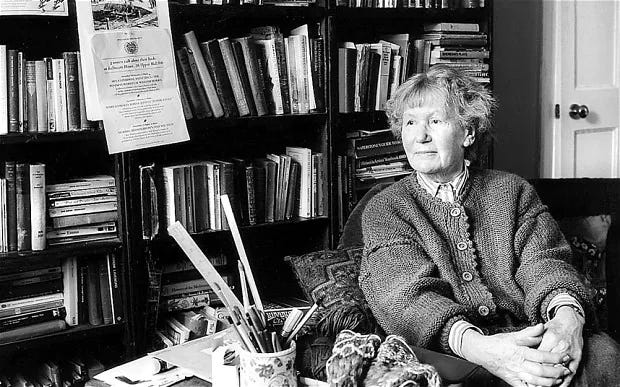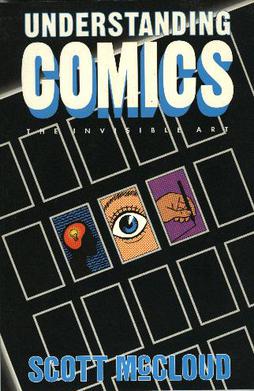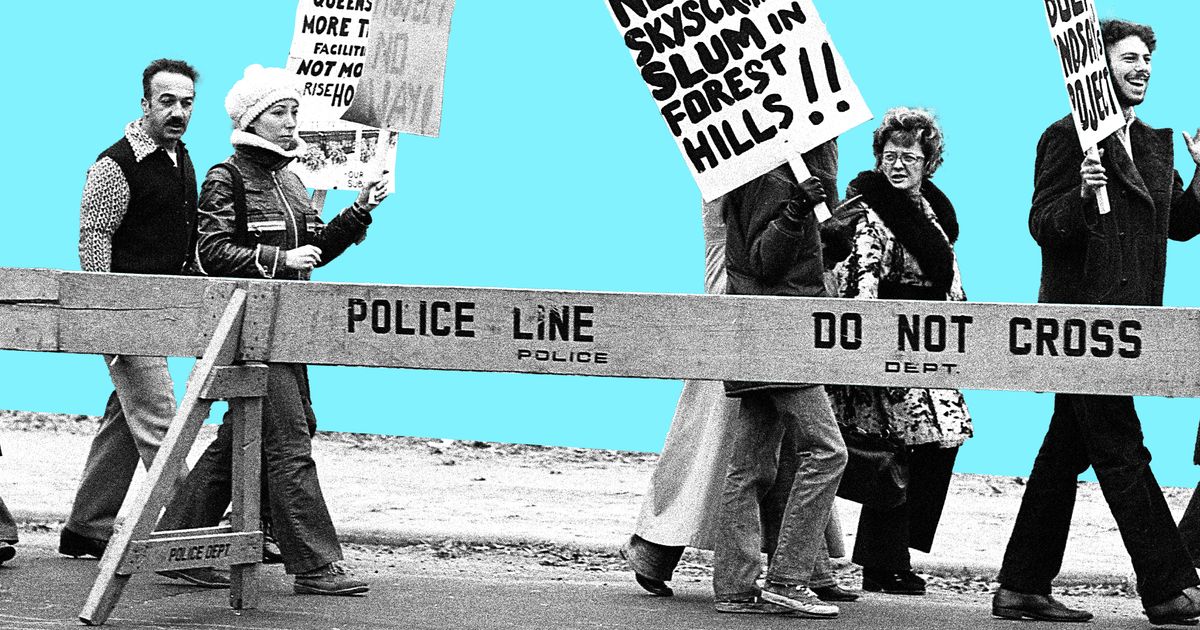
The History of the Web
The web’s first browser featured full color, read/write capabilities, and multiple windows. The second browser was a text-only command line tool. Guess which one people actually used?
The libwww library (previously known as the Common Library) acted as a much-needed catalytic spark in the earliest days of the web. Developed in 1992 by the creator of the web, Tim Berners-Lee, libwww was an API package meant to be a starting point for developers building browsers, itself derived and chunked out from a browser Berners-Lee was working on at the time. It wasn’t long before programmers, clustered together in small groups or working on their own, started downloading the package and hacking together browsers for their platform of choice. Because of the release of libwww, in just under a year, half a dozen new browsers were created for the web, available for Windows, Mac and several different Unix variations.
There wasn’t some singular vision for the web. It was accessible to all and disjointed by design, and its development happened only through the parallel efforts of curious programmers around the world. But in order to even access the web (and experiment with it), early adopters needed a client, software that could use HTTP to grab a URI and display HTML. In other words, a web browser. Most used the Line Mode Browser. It was the second browser ever made.
Leave a Comment
Related Posts

Dmitrii on Twitter: "Let's talk about the Web, UIs and layout. I often hear: well, it's an amazing layout system. If there's anything lacking, show me anything that works under the same constraints: having to work with multiple screen sizes and adapt to them seamlessly. Well, a thread🧵 1/"
Comment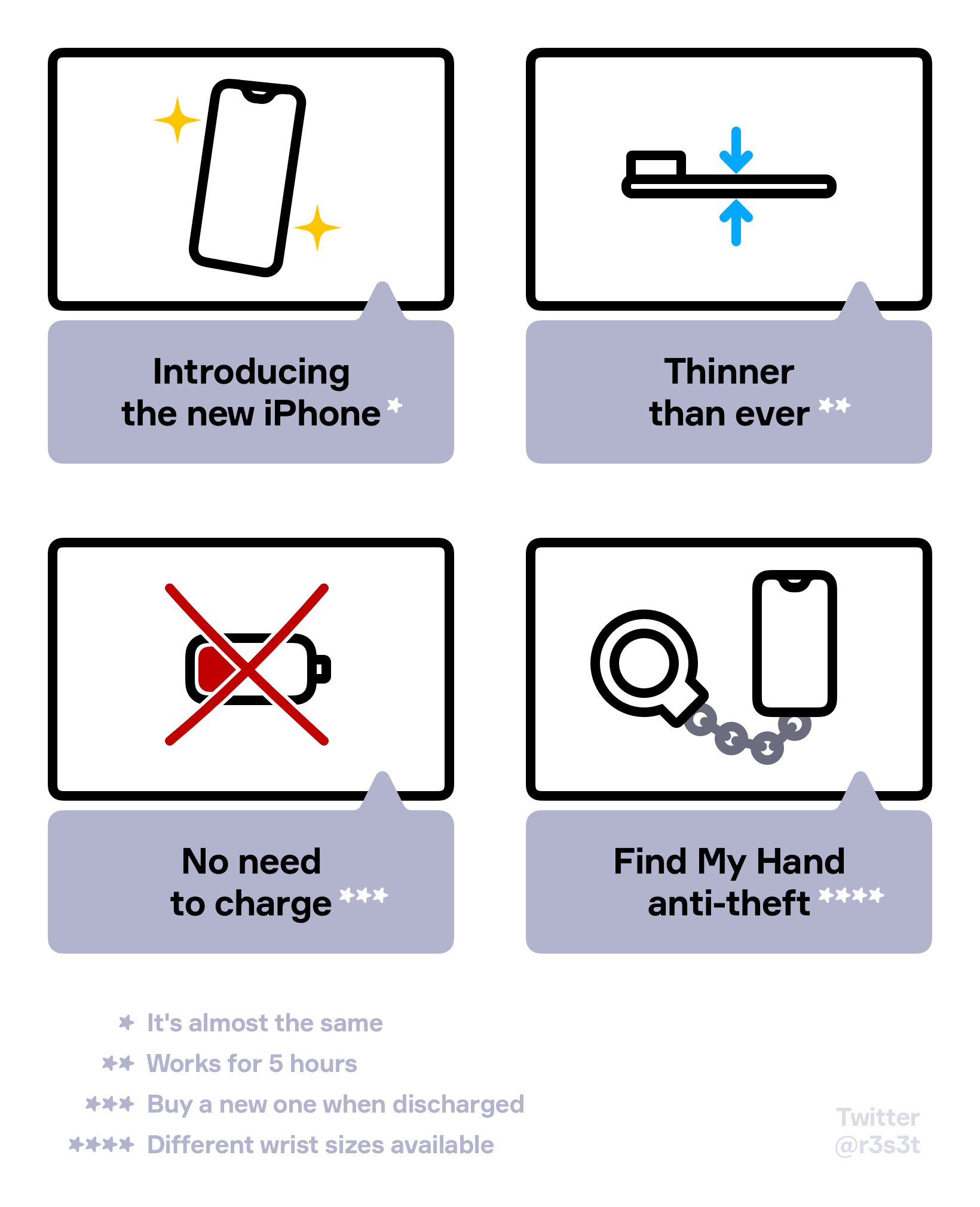
Den Talalá on Twitter: "I've drawn my first comic strip with expectations from the upcoming iPhone presentation. Can't wait!… "
Comment
Ashoat Tevosyan on Twitter: "/0 One of the biggest misconceptions about React Native is that it has worse performance than native iOS / Android"
Comment
